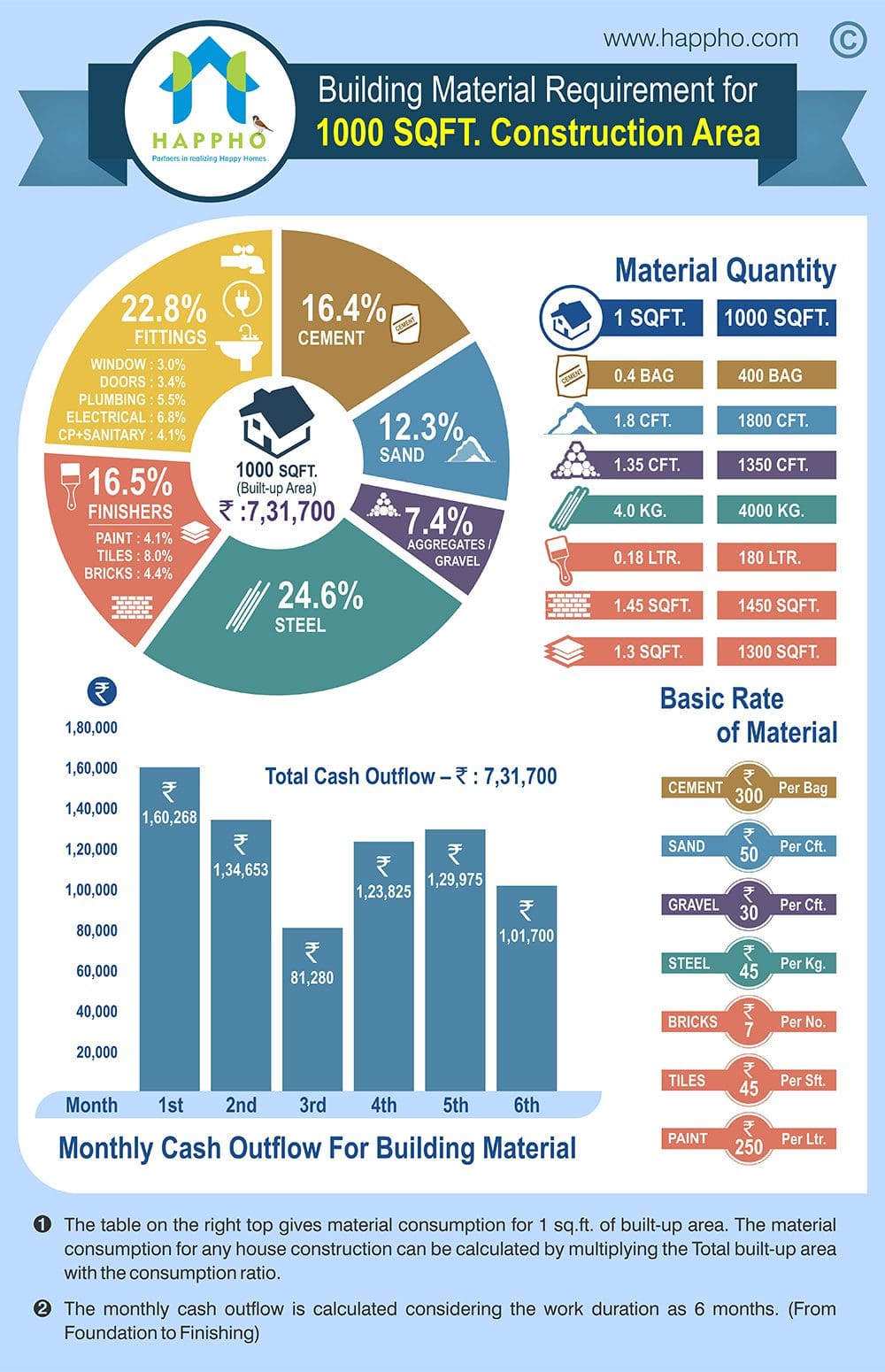Explore The Function Of Seasonal Factors In The Success Of Commercial Exterior Painting And Uncover The Most Effective Times To Safeguard Long Lasting Results For Your Job
Explore The Function Of Seasonal Factors In The Success Of Commercial Exterior Painting And Uncover The Most Effective Times To Safeguard Long Lasting Results For Your Job
Blog Article
Material Author-Aguilar Celik
When you're preparing a commercial outside paint job, seasonal elements can make or damage your outcomes. You'll wish to think about exactly how temperature level and moisture effect paint application and drying out times. Choosing the ideal season can guarantee your paint adheres properly and lasts much longer. However which periods are truly the most effective for this kind of job? Let's check out the key elements that can influence your task's success.
The Influence of Temperature Level on Paint Application
When you're planning a commercial external paint task, the temperature can significantly affect how well the paint sticks and dries out.
Preferably, you intend to repaint when temperature levels vary in between 50 ° F and 85 ° F. If it's as well chilly, the paint may not heal properly, causing concerns like peeling off or fracturing.
On the other side, if it's too hot, the paint can dry also promptly, protecting against correct bond and leading to an unequal surface.
You must also take into consideration the time of day; early morning or late afternoon provides cooler temperature levels, which can be a lot more positive.
Always examine the maker's recommendations for the details paint you're utilizing, as they often supply guidance on the optimal temperature array for optimum results.
Humidity and Its Impact on Drying Times
Temperature isn't the only environmental element that affects your business external painting project; moisture plays a significant duty also. High moisture degrees can reduce drying out times significantly, affecting the general quality of your paint job.
When the air is filled with dampness, the paint takes longer to cure, which can result in issues like poor bond and a higher risk of mildew growth. If you're painting on a particularly moist day, be prepared for prolonged wait times between layers.
It's essential to monitor neighborhood weather conditions and strategy appropriately. Preferably, go for humidity levels between 40% and 70% for optimum drying.
Maintaining sherwin williams color consultant in mind guarantees your job stays on track and delivers an enduring surface.
Best Seasons for Commercial Exterior Paint Projects
What's the very best time of year for your industrial external paint projects?
Springtime and very early autumn are typically your best choices. During these periods, temperatures are mild, and humidity degrees are often reduced, developing perfect problems for paint application and drying.
Stay clear of summer season's intense heat, which can create paint to dry too promptly, bring about poor bond and coating. Likewise, winter's chilly temperature levels can hinder appropriate drying out and treating, running the risk of the longevity of your paint task.
Aim for days with temperatures between 50 ° F and 85 ° F for ideal results. Bear in mind to inspect the neighborhood weather report for rain, as wet problems can spoil your project.
Planning around mouse click the next web page ensures your paint project runs efficiently and lasts much longer.
Verdict
To conclude, preparing your business external painting jobs around seasonal factors to consider can make a significant distinction in the result. By scheduling job during the suitable temperatures and moisture degrees, you'll ensure much better adhesion and drying times. Remember to watch on neighborhood weather forecasts and choose the correct time of year-- spring and very early fall are your best options. Taking these actions will certainly assist you achieve a durable and expert finish that lasts.
